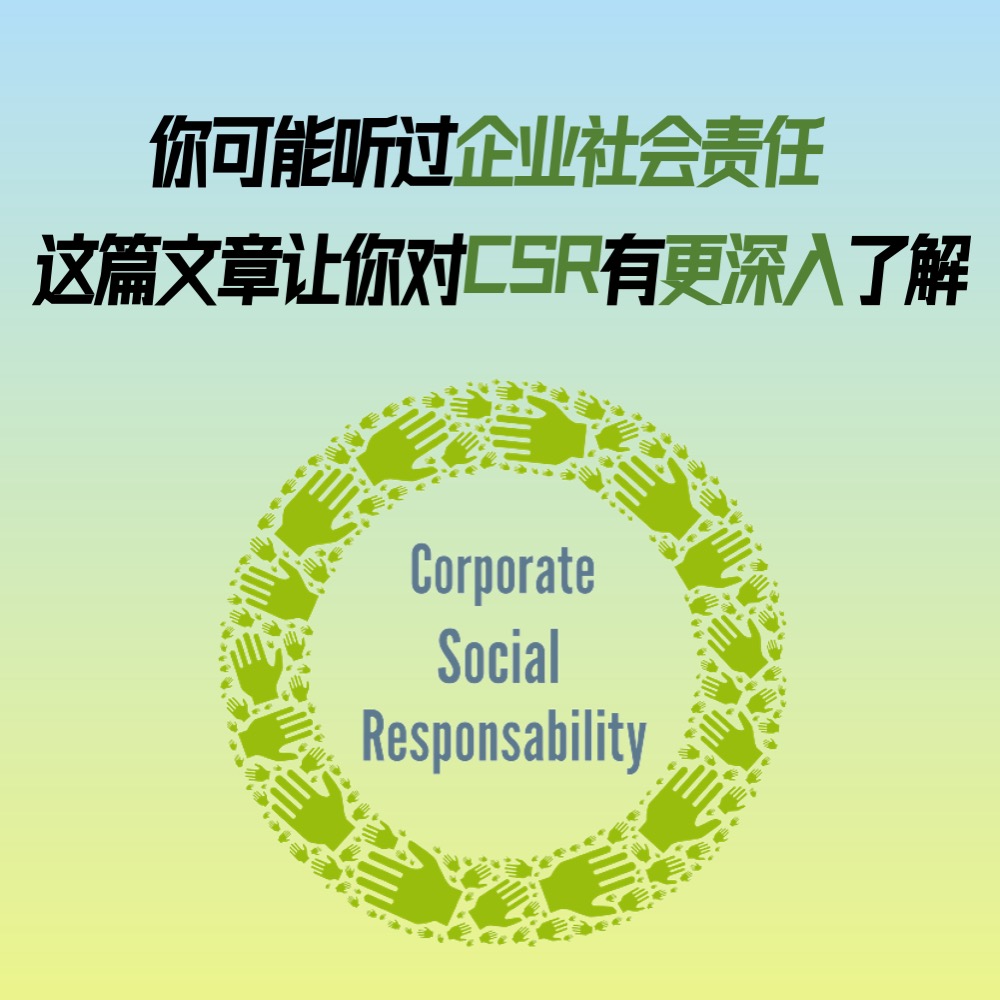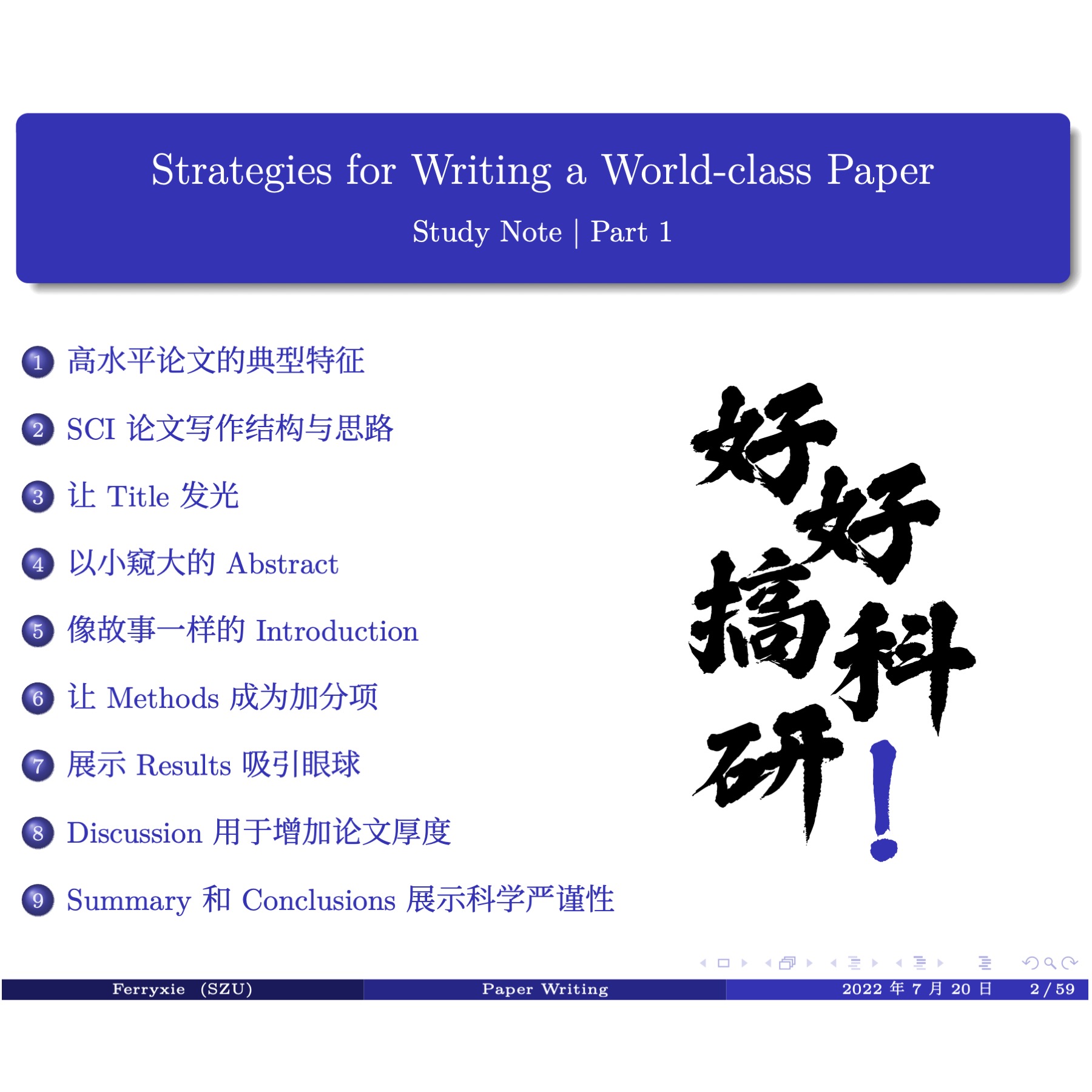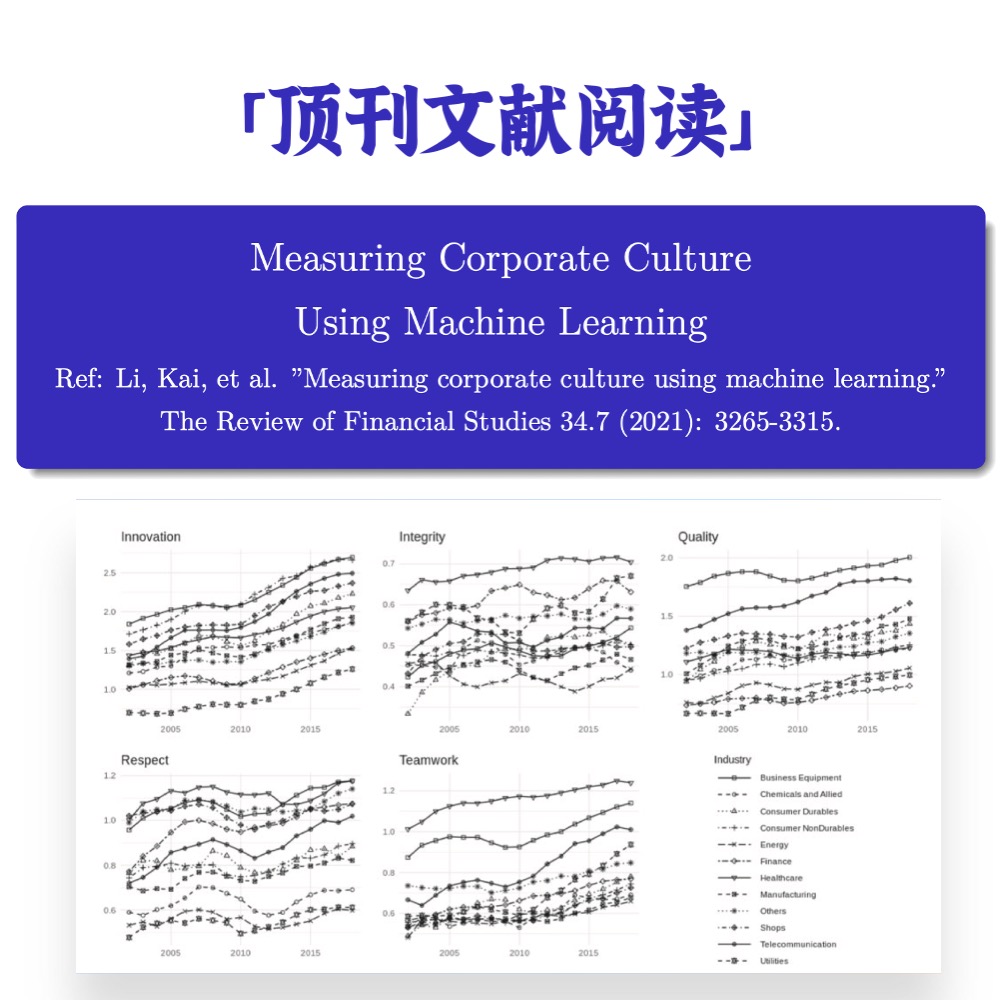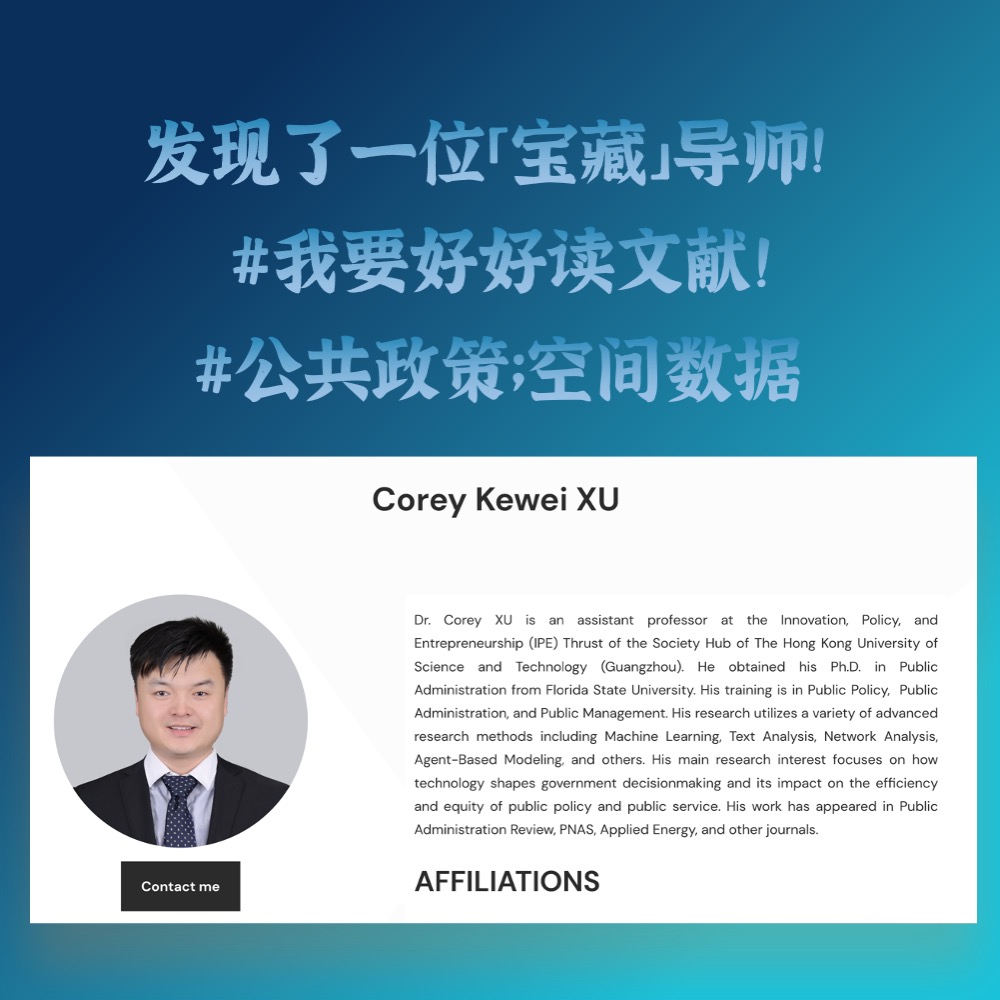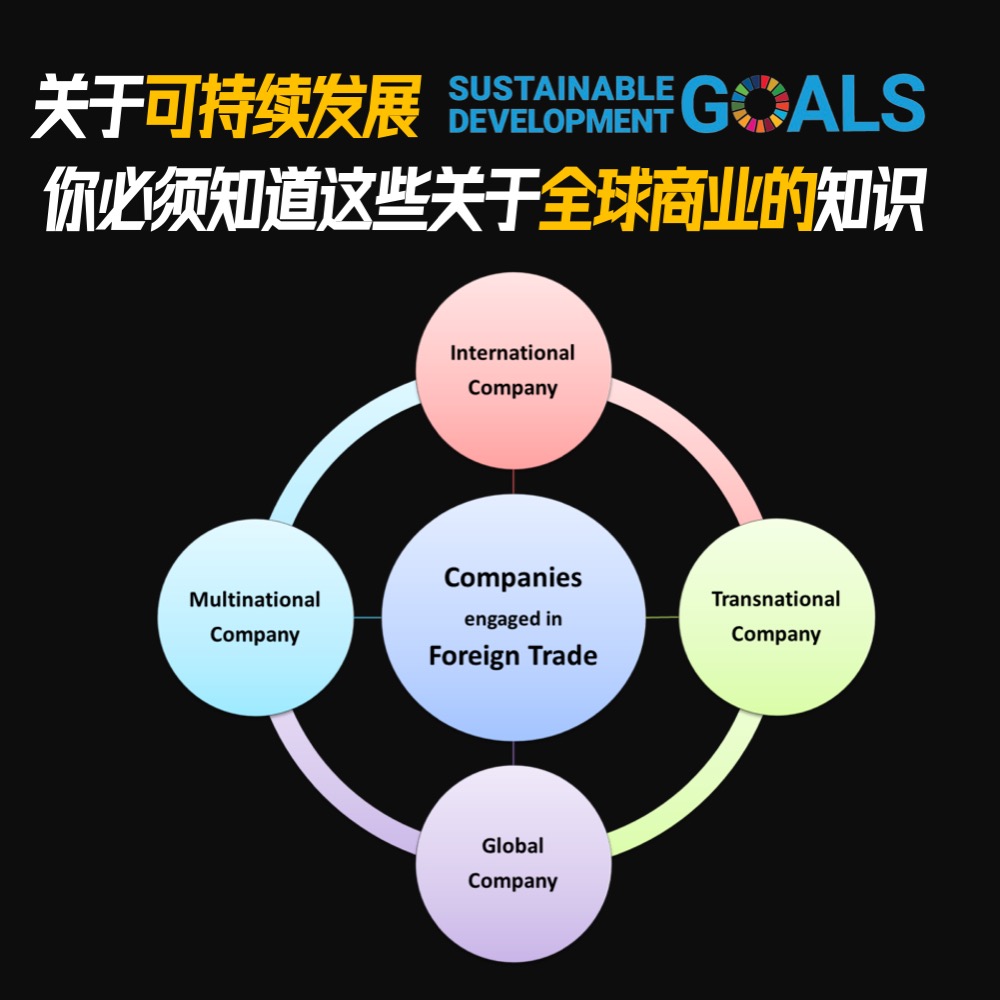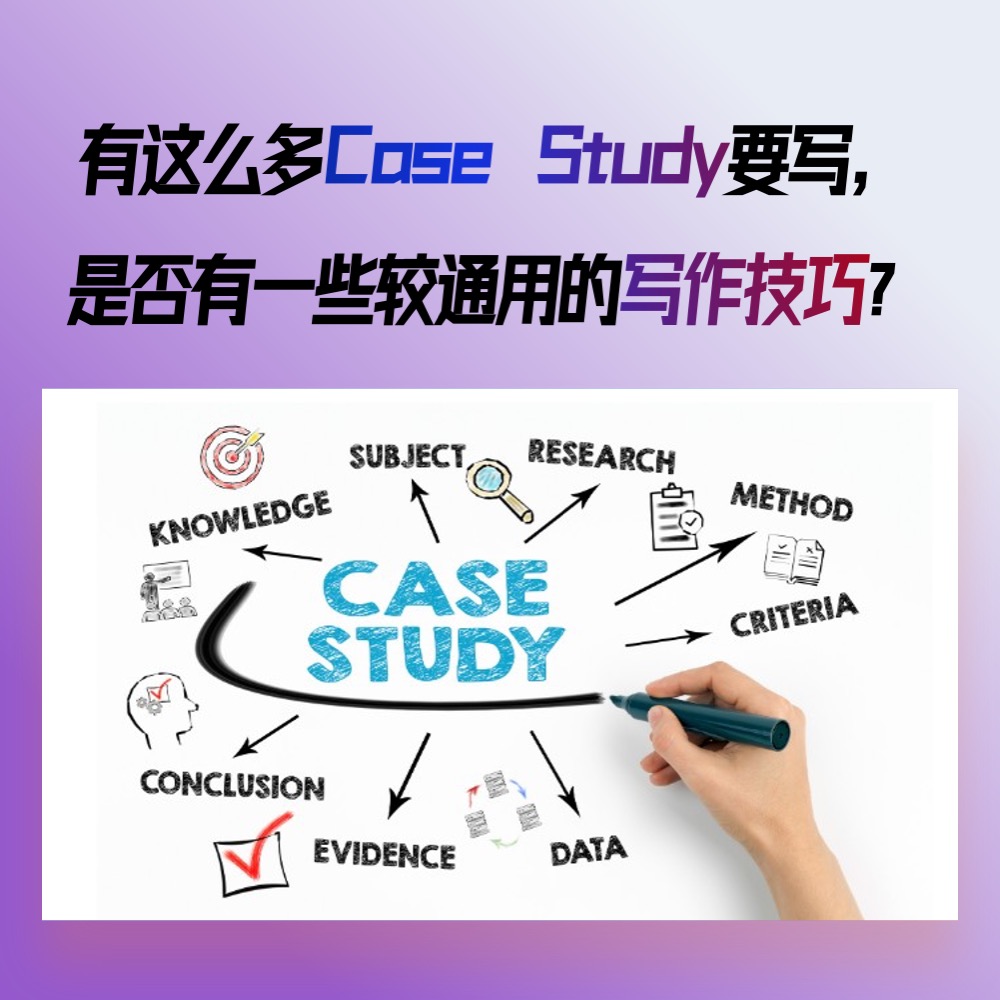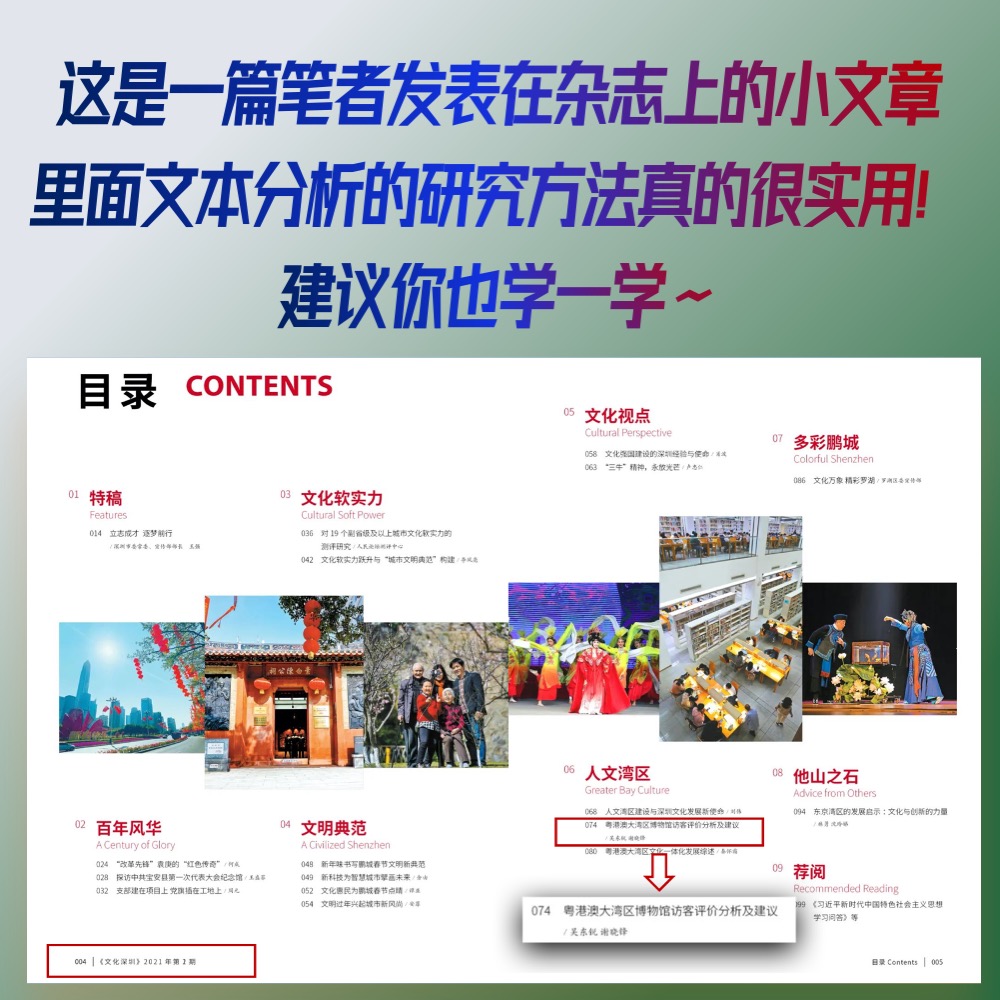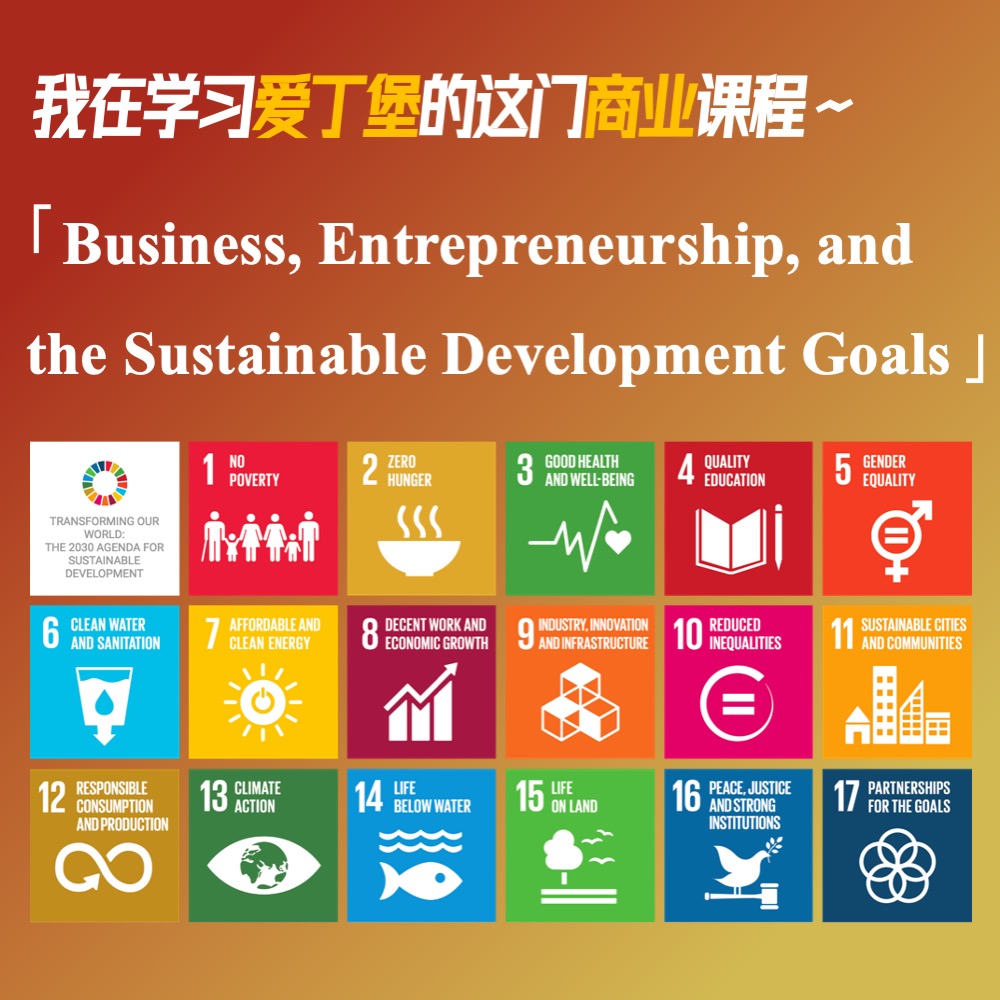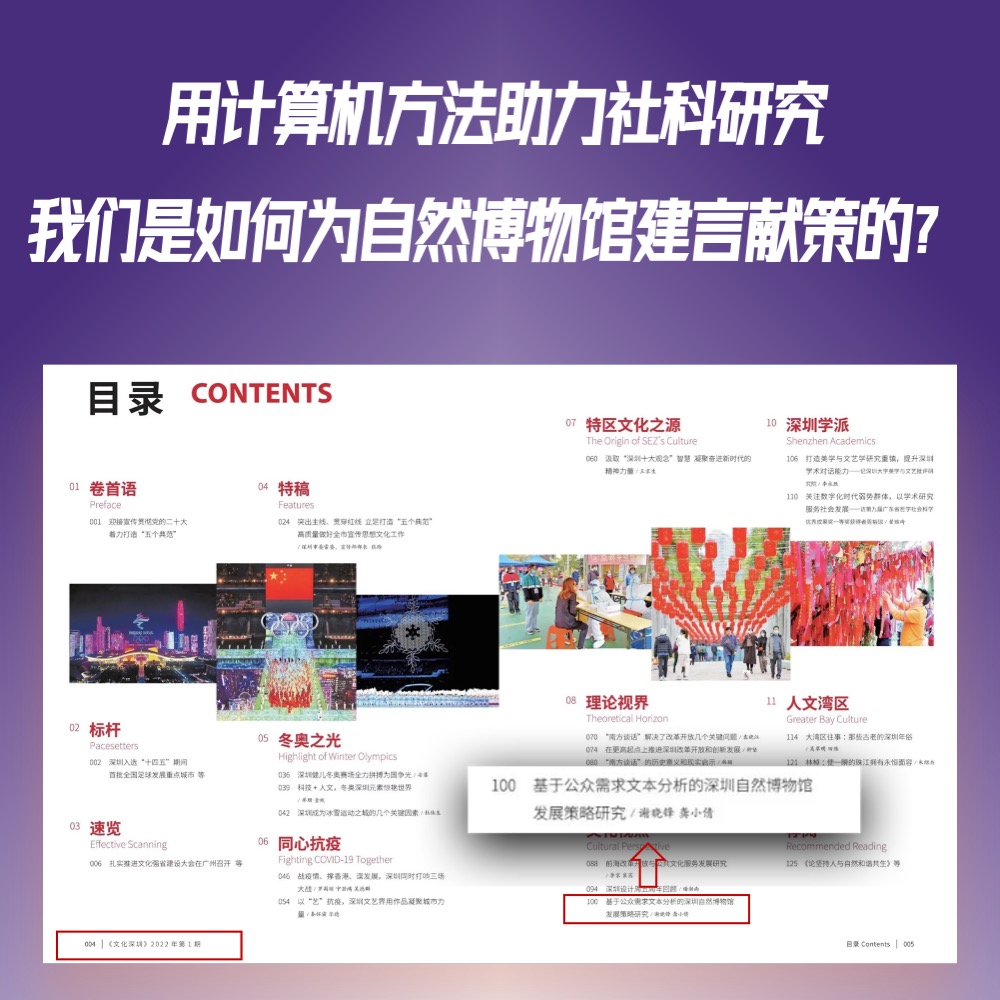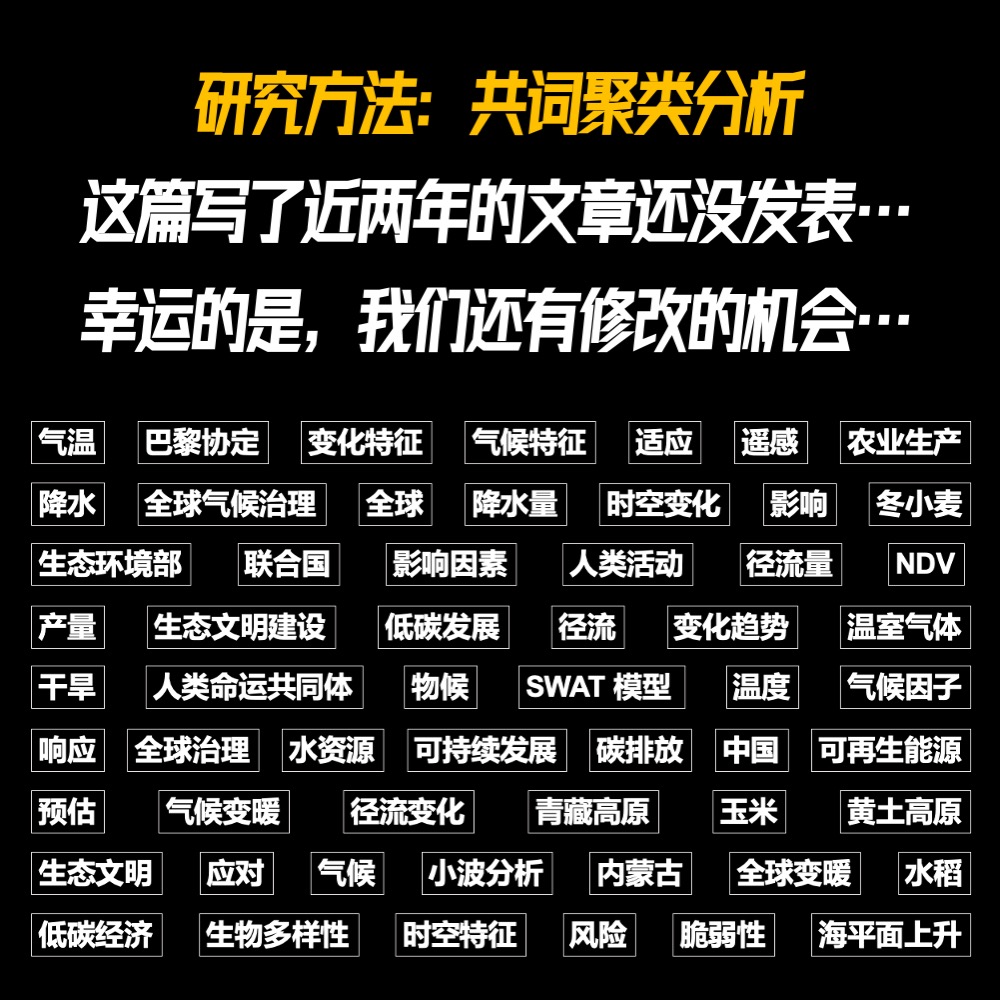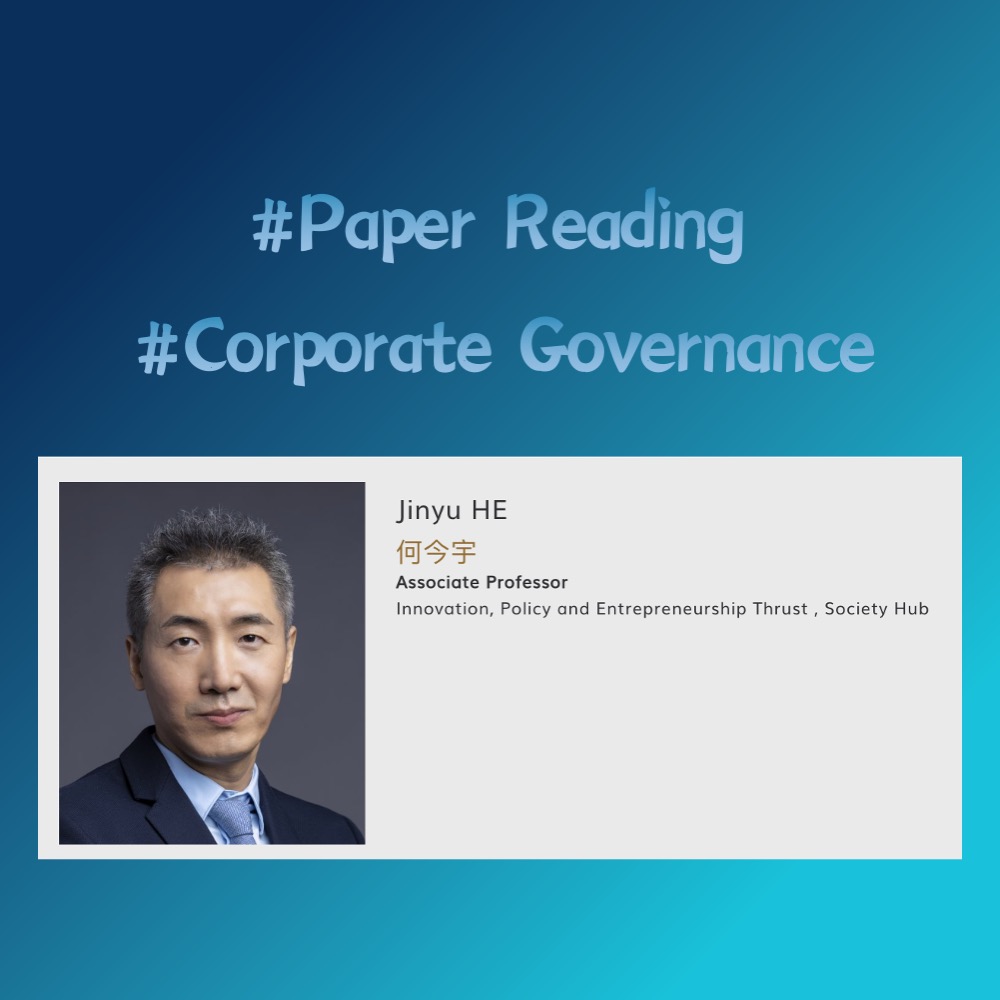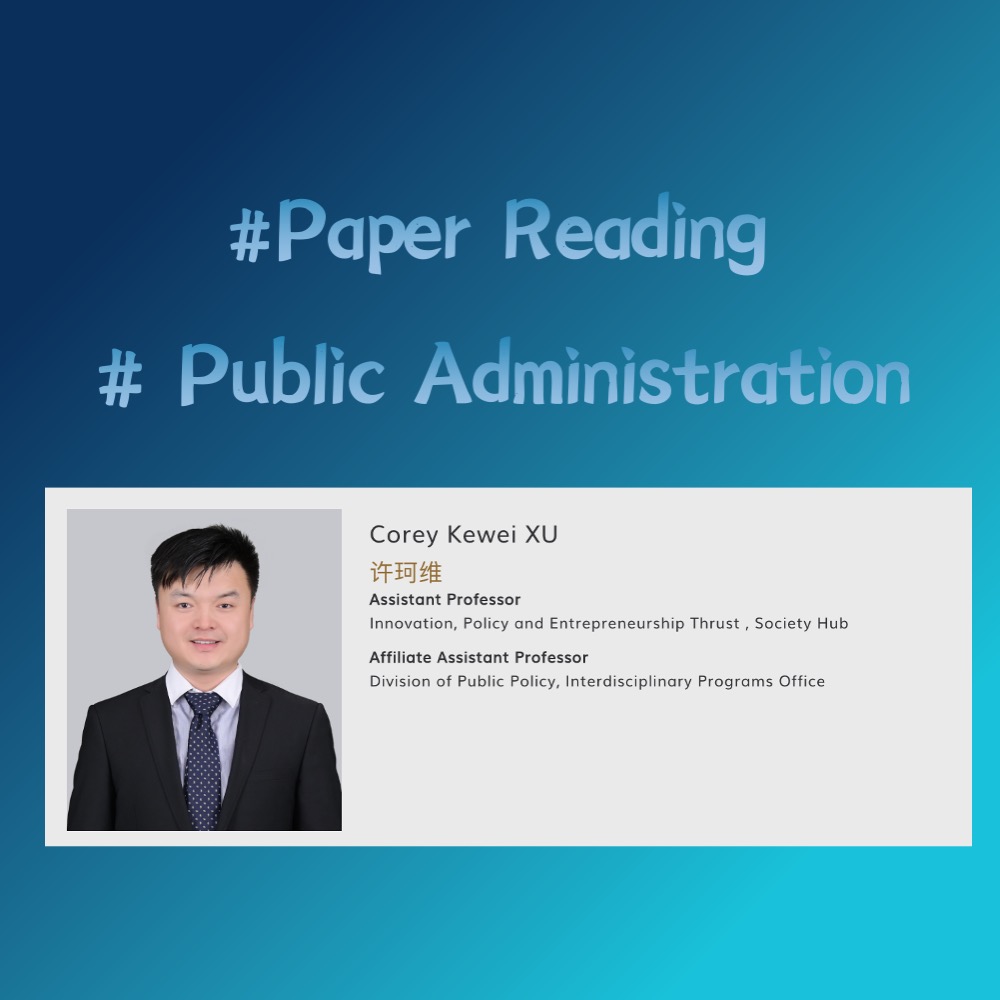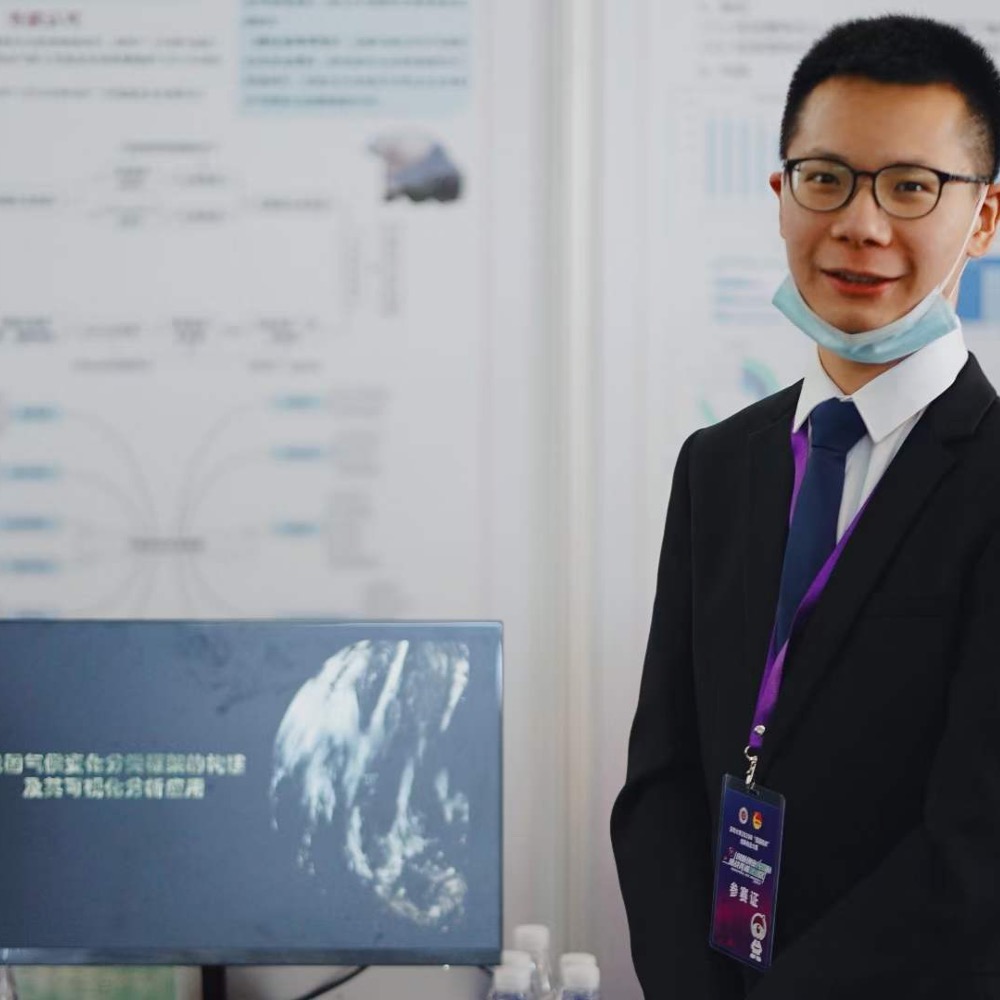单看本文的标题和内容,确实有些「水文」的味道,因为以解决问题的思路展开,所解决的问题也是针对笔者自己的小领域,既没有交代足够的背景帮助理解, 也没有提供太多普适性的落地和干货。但笔者觉得本文还是有两个价值的,一是从一件修改论文的小事让大家看到科研不易,请保持尊重;二是从自身角度验证了一个「开挂般」的解决问题思路。希望看到最后你能有所启发!
问题描述
这又是一篇关于于climate change论文修改的文章…这篇论文从写完到现在已经修改了很多次了,笔者也在今年写了两篇文章,记录了其中用到的研究方法和数据分析的过程,这些方法对商科或者社科都有一定的普适性,做科研的小伙伴值得看一看。
- 2022-3-29 【共词聚类分析】基于CNKI和WOS的小样本稳健性检验
2022-9-01 【论文修改|审稿意见回复】数据分析:中国气候变化慈善基金中各主体的分布现状如何?公共部门|私有部门|第三方部门|天眼查爬虫
真的不由感慨发论文真不容易,发SCI论文更不容易…今天笔者要解决下面两个问题:
问题1:笔者之前计算了中国气候变化慈善基金中各主体的分布现状表,今天需要写成学术表达,而且要注明三部门的具体划分和组成部分最好有个information source,证明我们follow the literature.

问题2:We also point out that our newer version has added a lot of more information to further explain characteristics of the climate-related philanthropic funds in China as well as some major regions. (注意添加新图或表,例如上市公司中企业捐款以及用于气候变化或者环保的捐款,参考蓝皮书)。
学术写作
Climate Philanthropy Funds and Flows by Sector in China
内容笔者在上一篇文章已经将已经将内容思路整理好了,接下来的目标就是将这篇3000多字的文章总结成一段简洁的英文文字。这个写作过程大概分为三步:
Step1:使用中文表达整理思路;
Step2:使用DeepL人工翻译成英文;
Step3:使用Grammarly润色翻译,使表达更地道;
最后终于生出了下面这一段话和一张图:
We further conceptualize the categories of donors for philanthropic funding flows (see the left-hand column of Figure 2 (labeled ‘source’)) conceptualized as having three sectors: public sector, private sector, and the third sector. Based on The concept of ownership, we define the public sector as “nonmarket government-owned entities and corporations that are owned or controlled by government units,” which includes government, public universities, and public enterprises, while the private sector includes individuals, private universities, and private enterprises (Christofides and Michael, 2013; Lienert, 2009). And defining the third sector as “something is ruled neither primarily by market logic nor via a bureaucratic chain of command,” and Social organizations and the Red Cross fall into this sector (Corry, 2010). Table X shows climate philanthropy funds and flows by sector in China: public sector (\1,247.24 million,34.50%), private sector (\$1,706.18 million, 47.19%), and the third sector (1662.21 million,18.32%), which confirms the increasingly important role of the private sector in climate governance.
Table X. Climate Philanthropy Funds and Flows by Sector in China (USD Million)

参考文献:
- Christofides L N, Michael M. Exploring the public-private sector wage gap in European countries[J]. IZA Journal of European Labor Studies, 2013, 2(1): 1-53.
- Lienert I. Where does the public sector end and the private sector begin?[J]. 2009.
- Corry O. Defining and theorizing the third sector[M]//Third sector research. Springer, New York, NY, 2010: 11-20.
Total distribution of charitable giving areas from 2015 to 2020
对于问题2,主要是阅读并借鉴我们导师报告《2020年中国企业慈善发展报告》里面的数据,整理一段「上市公司中企业捐款以及用于气候变化或者环保的捐款」相关的内容,并根据相关数据制作图表。
笔者将报告读完并进行提炼了下面一段话和一张图:
According to Yishan Philanthropy Data Center, from 2015 to 2020, a total of 2,836 (38.65% in the sample)Chinese listed companies participated in charitable giving, with a total amount of \9802.68 million. Figure X shows that from 2015 to 2020, the overall change in the charitable giving of Chinese listed companies is upward, and the amount of giving in 2018 was the highest in 6 years(2264.52 million).
China’s listed companies are involved in various charitable giving areas, including education, healthcare, culture and art, sports, poverty alleviation and relief, ecology and environment, disaster relief and volunteerism, etc. However, the amount varies significantly among the fields, with donations concentrated in poverty alleviation (36.61%), education (26.81%), and healthcare (24.85%), which also indicates the uneven and inefficient state of charitable giving, resulting in a waste of charitable resources. It is worth noting that although the amount in ecology and environment is relatively small (2.93%), more listed enterprises (e.g., China Vanke Co., Ltd., Broad Group, CCB, etc.) continue to take new initiatives to innovate in green energy, green transportation, green finance, etc., thus further promoting the full participation of listed corporate in ecology and environment.

参考文献:
- 尼娜 冯裕坤 陶泽 韩红雨 吴东锐 陆雯:《2020年中国企业慈善发展报告》,载杨团、朱健刚主编《慈善蓝皮书:中国慈善发展报告(2021)》,社会科学文献出版社,2021,第144-166页。皮书数据库:https://www.pishu.com.cn/skwx_ps/initDatabaseDetail?siteId=14&contentId=13565900&contentType=literature
一些感受

第三,图表美化。对于图表可视化这个能力笔者还需要不断熟练,要做到快速又好看地出图,笔者最常用的工具是PowerPoint。这里也推荐一个PPT插件:think-cell,这是咨询公司必备的绘图工具,功能特别强大,可以一键制作图表,熟练使用后真的是利器。有多好用呢?由于Mac版的think-cell总卡顿,笔者就为了使用这个工具,还安装了一个Window系统的虚拟机…谁用谁知道!

本文写作的初心只是因为写论文如上所述,是一件很需要「纠结」的事情,甚至会经常看了很多资料后,还产生「不知道从哪里下笔」的感觉,所以这个过程很需要「专注」和「耐心」,一步步分解问题,把所有的「子问题」解决完了,所谓的「大问题」也就解决了。但即使明白了这一点,也很不容易做到,因为遇到难题或者不想做的事情时,人很多时候容易由于恐惧而拖延。
但我最近发现一件能帮助我进入「心流」状态的方法,只要打开博客写作编辑器Typora,从问题描述开始,一步步分解问题,对每个子问题都分别去寻找解决方案,将材料都丢进来,然后再写写画画将材料用逻辑串起来,这样不知不觉就进入了状态,边解决边记录,难题不知不觉就解决完了,而且一篇以解决问题为逻辑的文章也产出了,很有成就感,真的很神奇。这也是我在「汤质私房课」学到的技巧,从问题开始,进行分解,收集材料,再用逻辑不断抽象,只要能够顺着这个过程专注下去,真的觉得自己没有解决不了的问题!
